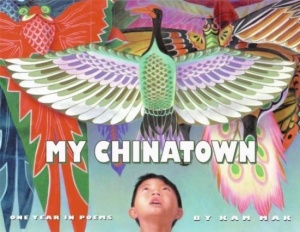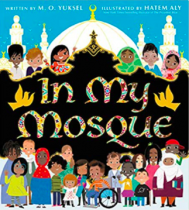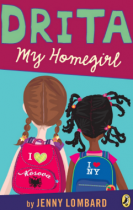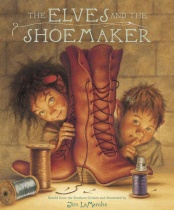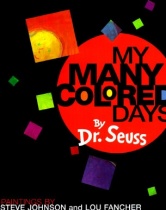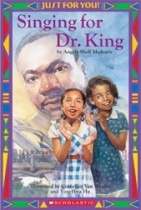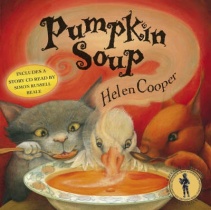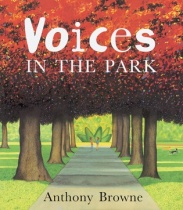Evaluation
I love how the story begins in Hong Kong where the author explains all of the things he left behind. He not only left behind his grandparents and the food and comfort of home, but he also left behind the stores, the country and the language. He so elegantly describes this process of assimilating into a culture that is both somewhat familiar and somewhat unfamiliar. He talks about the pickled kumquats that he used to eat while he was in Hong Kong. He also talks about the fortune teller who his mother used to go to on New Years day so she could receive the family fortune for the year. The boy also remembers the cobbler on the street and the birds that used to sing in cages in the shops in Hong Kong. Now, the reader travels to ChinaTown in New York. Interestingly, he makes the comment that one of the shops reminded him of home, but the decorations that were hung in the stores in Hong Kong were never on sale. Thus, the reader gets a sense of the commercialism that is a big part of New York's Chinatown. It is more of a tourist attraction than a comfortable home. Probably one of my favorite lines in this story was when the boy said that whenever he wakes up he can always smell the food in Chinatown. "You never go hungry in Chinatown."
Interestingly, I was able to relate fairly well to this story. My grandparents live in Queen's, New York. Whenever we went to visit the we would spend time in Little Italy and Chinatown. I can remember feeling a bit overwhelmed in the streets of Chinatown, but I loved all of the colors of the shops and the smells of authentic Chinese food and fish for sale on the streets. I think this book would be a great one for teachers to embed into their multicultural/social studies curriculum. I may have many future students who are from China and who actively participate in Chinese New Year. If you do have a student who has visited Chinatown, you may have them participate in a show and tell and bring in pictures and favorite places that they could share with their classmates. Books are wonderful to a point, but it is even more realistic if you have real pictures from places you have visited to show your students. During Chinese New Year you may decide to read this book and then have the students create their own paper dragon or dragon mask as if they are getting ready to participate in the Chinese New Year ceremony. You may also invite parents to come in and talk about Chinese New Year to the students. What is their favorite part about celebrating Chinese New Year? What is their favorite tradition? Parents can be a very valuable resource if they have first hand experience in a specific holiday or culture. Multiple perspectives should be welcomed within the classroom.
